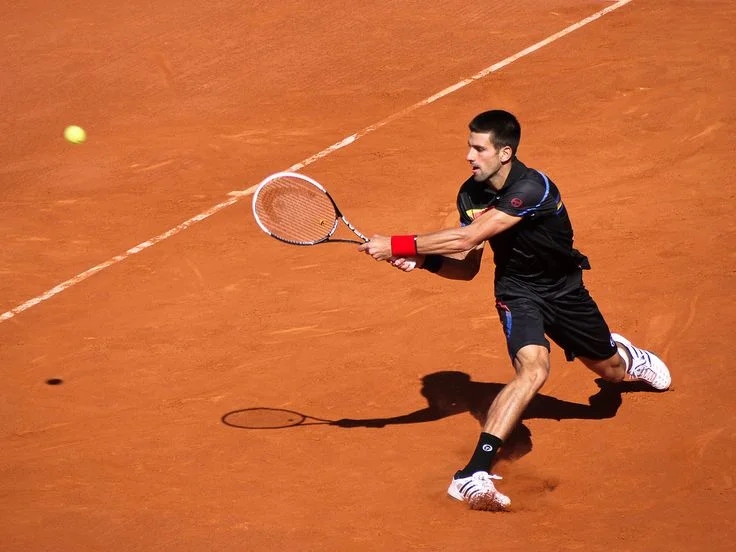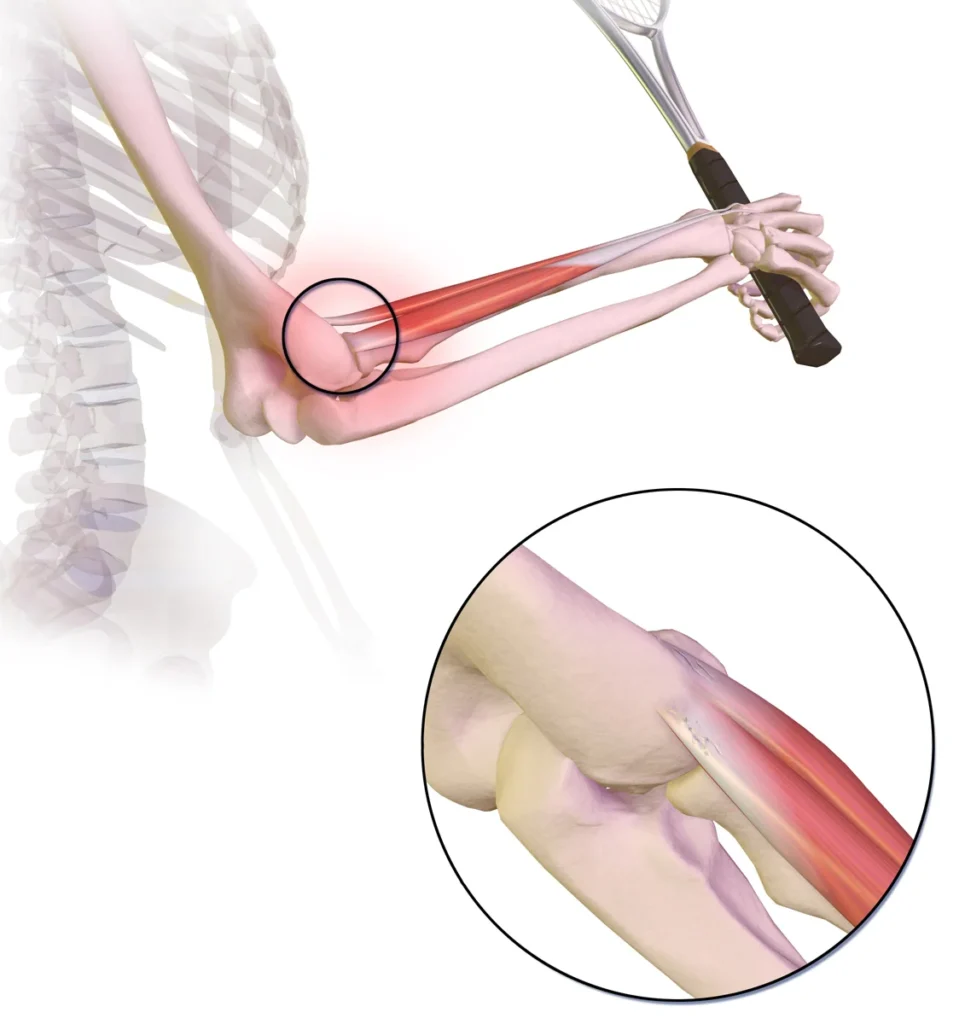
What is tennis elbow
Tennis elbow, more accurately known as lateral elbow tendinopathy is a painful condition that
affects the outside of the elbow. A tendinopathy is disorder that can cause pain, swelling and
functional limitations to the tendon. In lateral elbow tendinopathy, the location where pain is felt is
at the lateral epicondyle. There are 5 forearm muscles that attach to the lateral epicondyle, and they
attach to this bony point via tendons.

What the forearm extensors do:
The forearm muscles that are affected in lateral tendinopathy are known as the forearm extensors.
They act to extend the wrist (bring the back of the hand up) and also activate during gripping
motions to maintain the required wrist position for whatever task is at hand. This explains why the
harder you grip, the more pain you will tend experience with lateral elbow tendinopathy.
What causes lateral elbow tendinopathy:
Tendinopathies are most commonly caused by overuse: when your tendons are exposed to more
load than what they are capable of recovering from. Common examples include factory workers or
labourers that work with their hands a lot or when a gym goer does too much gripping and pulling
exercises.
It is also important to understand that overall health also contributes to the resilience of a person’s
tendons. Healthier people are less likely to develop tendinopathies as their tendons are healthier
and therefore able to recover and tolerate more load. This is where sleep, exercise and diet are
important in the prevention and management of tendinopathies.
In some cases, tendinopathies can be medically induced by medications such as corticosteroids or
antibiotics (specifically fluoroquinolones).
The big 5 for managing lateral elbow tendinopathy:
- Activity modification – Avoid, limit, or modify activities that aggravate and flareup the pain
where appropriate and possible. Examples include:
- Requesting changes in work duties
- Modifying or swapping exercises/tasks to ones that do not provoke pain
- Reducing volume, intensity, and frequency of exercises
2. Graded exposure to develop tendon tolerance – gradual and progressive strengthening of
the forearm extensors and surrounding forearm muscles
3. Avoiding complete rest– tendons dislike complete rest. They require loading to stay healthy,
recover and get stronger.
4. Improving overall health – the healthier your body is, the healthier your tendons are.
Lifestyle changes include:
- Maintaining a healthy diet
- Using strategies to improve sleep duration and quality
- Exercise – aiming aerobic and muscle strengthening guidelines
5. Patience

3-4 months of consistency is often required to see significant improvement in pain and
function with lateral elbow tendinopathy- don’t give up on rehab just because you don’t
see any improvement in the first few weeks of rehab. For some people, it can take up to
12 months to fully recover.
